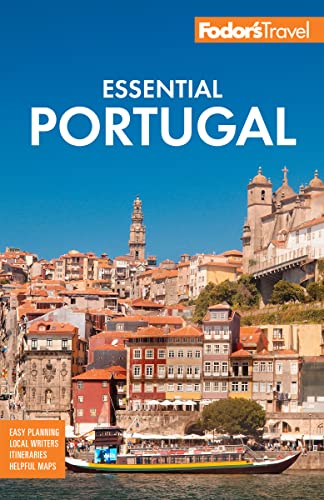The Azores: Portugal's Volcanic Isles
Looking for a vacation from your vacation, or a unique destination that's far off the beaten path—by 1,410 km (875 miles)? The remote Portuguese archipelago collectively known as the Azores could be your place. With a total population of 247,000, these nine islands are a tranquil, pastoral escape from mainland Portugal and Europe.
Geologically, the Azores are relatively young volcanic isles. They were formed less than 6 million years ago, and eruptions are still possible. The most recent volcanic activity vented in 1958, creating a fascinating moonscape of lava rock and sand that is now the western tip of Faial Island. The archipelago is quite spread out, requiring short flights between most islands. São Miguel is the largest and most populated of the group, and home to the political and economic capital, Ponta Delgada. Corvo is the smallest at 17 square km (6½ square miles) with around 400 inhabitants.
The mere existence of civilization on the Azores is impressive; volcanic rock terrain and a forbidding distance from the Portuguese mainland must have made the islands inhospitable to early inhabitants. Despite these natural obstacles, the first settlers arrived in the 1430s and became a successful Portuguese colony through perseverance and hard work. They imported livestock and cleared grazing fields to create a robust meat and dairy industry, grew grape vineyards in rock beds, and built a strong fishing industry. Then, for much of the 19th century, the Azores became the European hub of whaling—two museums on Pico Island document its history, which concluded with the birth of petroleum production.
Today the islands are nurturing a budding tourism industry. Nature lovers come to witness the stunning beauty of the isles, with their dormant volcanoes, natural swimming holes, and—in spring—millions of wild, blooming hydrangeas. More adventurous travelers take advantage of the hiking, world-class fishing, and excellent whale-watching available. Still others come for a brief glimpse into a simpler life that is rarely seen today in mainland Europe—small, pretty port towns of cobblestone streets, simple churches, and red-tile-roofed homes that thrive on cottage industries like fishing, cheese making, and ceramics.
Locals will explain that all nine islands are unique and each equally special, but if you're making a side trip from Lisbon and have limited time, you can get a good overview by sampling the four main islands: São Miguel with its two outstanding volcanic craters, Terceira with its many festivals and natural swimming coves, Faial and its legendary seafarers' port of Horta, and Pico, which is dominated by a massive volcanic cone rising 7,715 feet into the clouds.
For more information, contact the Azores Tourist Board (Rua Ernesto Rebelo 14-P9900-112, Horta, Faial 292/200500 www.visitazores.com/en). Azores Airlines, part of SATA airlines (www.azoresairlines.pt), is the main carrier to the islands and runs direct flights from Boston, Montréal, Toronto, and, in high season, Oakland, California, as well as from Madeira. There are also low-cost direct flights from Lisbon with no-frills operator Ryanair www.ryanair.com.




